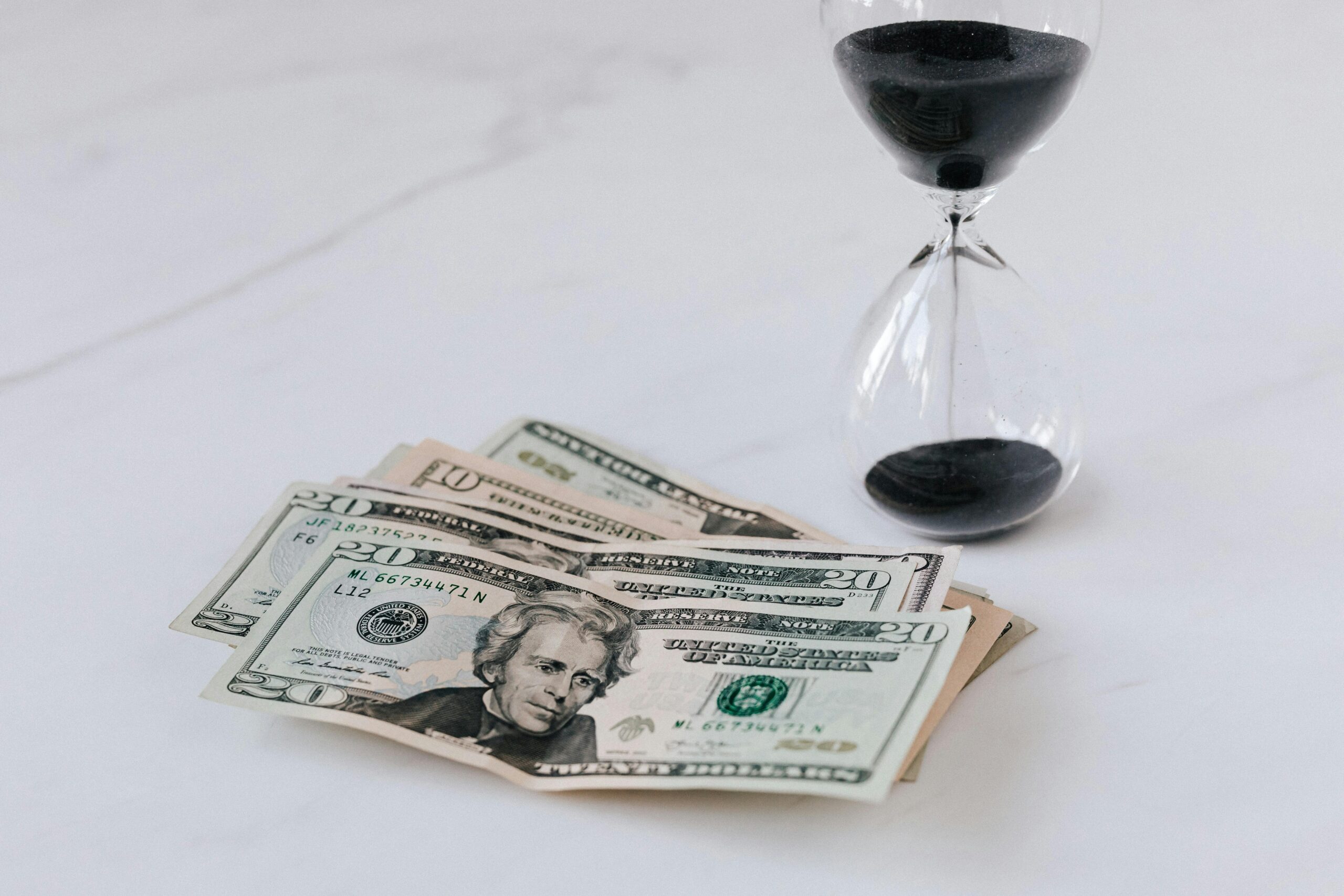Neuroeconomics merges neuroscience, economics, and psychology to reveal how our brains make decisions, offering transformative insights for personal success and organizational growth.
🧠 The Revolutionary Intersection of Brain Science and Economics
In a world where decision-making determines success or failure, understanding the neural mechanisms behind our choices has become invaluable. Neuroeconomics represents a groundbreaking field that examines the biological foundations of economic behavior, challenging traditional assumptions about human rationality and opening new pathways for improvement.
Traditional economic theory long assumed humans act as rational agents, consistently making decisions that maximize their utility. However, decades of research have proven this model inadequate. We make systematic errors, fall prey to cognitive biases, and often act against our own best interests. Neuroeconomics provides the missing piece of this puzzle by examining what actually happens in our brains when we evaluate options, assess risks, and commit to choices.
The field utilizes sophisticated brain imaging technologies like functional magnetic resonance imaging (fMRI), electroencephalography (EEG), and positron emission tomography (PET) to observe neural activity during economic decision-making. These tools have unveiled surprising patterns about how different brain regions interact when we face financial choices, social dilemmas, and strategic situations.
The Neural Architecture of Decision-Making
Our brains employ multiple systems when making decisions, each with distinct characteristics and purposes. Understanding this architecture is fundamental to leveraging neuroeconomic insights effectively.
The Dual-Process Framework 🔄
Research has identified two primary systems governing our choices. System 1 operates automatically and quickly, with little conscious effort and no sense of voluntary control. This system evolved to help our ancestors make rapid survival decisions and continues to guide many of our daily choices through intuition and emotional responses.
System 2 allocates attention to effortful mental activities that demand deliberation, including complex calculations and logical reasoning. This system is slower, more deliberate, and capable of following rules and making comparisons. However, it’s also more cognitively demanding and prone to fatigue.
The interplay between these systems determines our decision quality. Effective decision-makers learn when to trust their intuitions and when to engage deeper analytical thinking. Neuroeconomics helps identify which situations call for which approach.
Key Brain Regions in Economic Choices
Several brain regions consistently activate during economic decision-making. The prefrontal cortex, particularly the ventromedial and dorsolateral regions, plays crucial roles in evaluating options and exercising self-control. The striatum and nucleus accumbens respond to rewards and anticipation of gains, while the insula activates during risk assessment and loss aversion.
The amygdala processes emotional responses to decisions, especially fear and anxiety related to potential losses. Meanwhile, the anterior cingulate cortex monitors conflicts between competing options and signals when additional deliberation is needed.
Understanding these regions helps explain why certain situations trigger predictable behavioral patterns and how we might intervene to improve decision outcomes.
💡 Cognitive Biases Through the Neuroeconomic Lens
Neuroeconomics provides biological explanations for the systematic biases that plague human judgment. These aren’t simply logical errors but reflect how our neural circuitry evolved to solve ancestral problems.
Loss Aversion and the Pain of Losing
Brain imaging studies show that losses activate pain-processing regions more intensely than equivalent gains activate pleasure centers. This asymmetry explains why people typically demand twice as much to give up an object as they would pay to acquire it—a phenomenon called the endowment effect.
Loss aversion profoundly impacts investment decisions, negotiation strategies, and risk-taking behavior. Recognizing this bias allows decision-makers to calibrate their responses more appropriately, neither avoiding all risks nor becoming reckless.
Present Bias and Temporal Discounting
Neuroeconomic research reveals that immediate rewards activate emotional brain regions more strongly than delayed rewards, even when delayed rewards are objectively larger. This explains procrastination, poor savings behavior, and difficulties maintaining long-term commitments.
The prefrontal cortex becomes more active when people successfully resist immediate temptations for greater future benefits. Strengthening this executive function through practice and environmental design can improve long-term decision-making.
Social Preferences and Fairness Concerns
Contrary to the self-interested rational actor model, neuroeconomic studies show that fairness and reciprocity activate reward circuits in the brain. People derive genuine pleasure from fair exchanges and punishing unfair behavior, even at personal cost.
These findings have significant implications for organizational design, compensation structures, and leadership practices. Creating environments that satisfy our neural preferences for fairness can enhance motivation and cooperation without relying solely on financial incentives.
Practical Applications for Business Success 📈
Understanding neuroeconomics isn’t merely academic—it provides actionable strategies for improving decision-making in business contexts.
Marketing and Consumer Behavior
Neuromarketing applies neuroscientific insights to understand consumer responses to products, branding, and advertising. Brain imaging studies reveal which marketing elements capture attention, generate emotional engagement, and drive purchase intentions more accurately than traditional surveys.
For example, research shows that prices ending in .99 activate different neural pathways than rounded prices, creating perceptions of better value. Similarly, framing products as preventing losses rather than creating gains can significantly increase their appeal due to loss aversion.
Successful brands increasingly use these insights to design experiences that resonate with consumers’ neural reward systems, creating lasting emotional connections beyond rational product features.
Financial Decision-Making and Investment Strategies
Financial markets provide a natural laboratory for neuroeconomic research. Studies show that professional traders experiencing higher physiological arousal make poorer decisions, while those maintaining emotional equilibrium perform better over time.
Understanding the neural basis of overconfidence, herd behavior, and panic selling helps investors develop better decision protocols. Systematic approaches that reduce emotional interference—such as predetermined rebalancing schedules and diversification rules—can counteract biased neural responses.
Investment firms are beginning to incorporate neuroeconomic insights into client education and advisory processes, helping individuals make more rational long-term decisions despite instinctive biases.
Organizational Leadership and Management
Leaders who understand neuroeconomics can design better decision-making processes within their organizations. Recognition that diverse teams generate better outcomes isn’t just about fairness—different perspectives help counteract individual cognitive biases.
Creating psychological safety activates brain regions associated with exploration and creativity rather than threat-avoidance. This neural shift enhances innovation and problem-solving capacity throughout the organization.
Compensation structures informed by neuroeconomic research balance immediate rewards with long-term incentives, satisfying both System 1’s desire for instant gratification and System 2’s appreciation for sustainable value creation.
🎯 Enhancing Personal Decision-Making Skills
Individual professionals can leverage neuroeconomic insights to become more effective decision-makers in their careers and personal lives.
Recognizing Your Neural Patterns
Self-awareness about when and how biases affect your thinking is the first step toward improvement. Keep a decision journal documenting your choices, the reasoning behind them, and eventual outcomes. Over time, patterns emerge revealing your particular susceptibilities.
Are you consistently overoptimistic about project timelines? Do you avoid necessary confrontations due to loss aversion? Understanding your neural tendencies allows you to implement appropriate countermeasures.
Environmental Design for Better Choices
Since changing neural responses directly is difficult, modifying your environment often proves more effective. Remove temptations that trigger impulsive System 1 responses when you need deliberate System 2 thinking.
Create friction for bad decisions and reduce friction for good ones. Automatic savings transfers require no ongoing willpower because they bypass the neural conflict between immediate and delayed rewards. Similarly, scheduling important decisions for times when you’re mentally fresh leverages your prefrontal cortex’s optimal functioning.
Developing Metacognitive Skills
Metacognition—thinking about thinking—strengthens your ability to recognize when intuition serves you well and when systematic analysis is needed. Practice identifying emotional responses during decisions and questioning whether they provide valuable information or misleading impulses.
Techniques like the “10-10-10 rule”—considering how you’ll feel about a decision in 10 minutes, 10 months, and 10 years—engage temporal reasoning that counteracts present bias. Such frameworks help activate appropriate neural systems for the decision context.
The Neuroscience of Risk and Uncertainty ⚖️
Understanding how our brains process risk fundamentally changes how we approach uncertain situations, which characterize most important decisions.
Distinguishing Risk from Uncertainty
Neuroeconomic research reveals that our brains process known risks (situations with calculable probabilities) differently from true uncertainty (situations where probabilities are unknown). The former activates more analytical brain regions, while the latter triggers emotional and intuitive responses.
This distinction matters because many real-world situations involve uncertainty rather than quantifiable risk. Recognizing when you’re facing uncertainty helps you adopt appropriate decision strategies, such as seeking more information or using robust approaches that work across multiple scenarios.
Individual Differences in Risk Tolerance
Brain imaging studies show substantial individual variation in how reward and threat regions respond to risky options. These neural differences help explain why some people naturally seek entrepreneurial ventures while others prefer stable employment.
Rather than forcing yourself into uncomfortable risk profiles, understanding your neural risk tolerance allows you to select environments and roles that match your natural inclinations while developing compensating strategies where necessary.
🌟 Future Frontiers in Neuroeconomics
The field continues evolving rapidly, with emerging research directions promising even greater insights and applications.
Artificial Intelligence and Neural Modeling
Researchers are developing AI systems that model human neural decision-making processes, creating more accurate predictions of economic behavior. These models could help organizations anticipate market movements, consumer responses, and competitive dynamics with unprecedented precision.
Conversely, understanding biological intelligence helps AI developers create systems that complement rather than simply replace human decision-making, leveraging each system’s comparative advantages.
Personalized Decision Support
Advances in portable brain monitoring technology may soon enable real-time decision support systems that detect when you’re experiencing cognitive overload, emotional interference, or other states that compromise judgment quality.
Such systems could provide timely interventions—suggesting breaks, recommending additional analysis, or highlighting potential biases—tailored to your individual neural patterns and current situation.
Ethical Considerations and Responsible Application
As neuroeconomic insights become more powerful and accessible, ethical questions about their application grow more pressing. How should organizations use knowledge about neural vulnerabilities? What safeguards prevent manipulation of consumers, employees, or citizens?
The field increasingly emphasizes responsible application principles, focusing on empowering better individual decisions rather than exploiting neural weaknesses. This ethical foundation will determine whether neuroeconomics fulfills its potential as a force for human flourishing.
Transforming Theory into Practice 🚀
Knowledge without application remains merely interesting rather than transformative. Converting neuroeconomic insights into improved outcomes requires deliberate implementation strategies.
Start small by identifying one area where decision quality significantly impacts your success. Apply relevant neuroeconomic principles systematically, measuring results and refining your approach. As you build evidence of effectiveness, expand to additional domains.
Share insights with colleagues and teams, creating collective awareness of cognitive biases and decision-making dynamics. Organizations that develop shared mental models around neuroeconomic principles make better group decisions and build cultures of thoughtful deliberation.
Invest in continuous learning as the field advances. Subscribe to relevant research publications, attend conferences, and engage with practitioners applying these insights in various contexts. The competitive advantage belongs to those who not only understand neuroeconomics but continually update their knowledge as discoveries emerge.

Creating Lasting Change Through Neural Understanding 💪
Perhaps the most profound implication of neuroeconomics is its message of hope. Understanding that biases reflect neural architecture rather than personal failings removes shame from poor decisions and focuses attention on practical improvements.
You cannot eliminate cognitive biases—they’re built into your brain’s structure. However, you can recognize when they’re likely to operate, implement systems that counteract their effects, and create environments supporting better choices. This perspective transforms decision-making from a talent you either possess or lack into a skill you deliberately develop.
The most successful individuals and organizations will be those that embrace neuroeconomic insights with humility and determination. They’ll acknowledge their neural limitations while systematically building processes, cultures, and habits that enable consistently superior decision-making despite those constraints.
Ultimately, neuroeconomics reveals that the path to better decisions lies not in becoming perfectly rational—an impossible and perhaps undesirable goal—but in understanding and working skillfully with the brain you actually have. This practical wisdom, grounded in rigorous science, offers genuine potential for transformation across every domain where decisions shape outcomes.
By unlocking the power of neuroeconomics, you gain not just knowledge but agency—the ability to recognize neural patterns, design better decision environments, and ultimately drive the success you seek through choices that genuinely serve your goals and values.
Toni Santos is a behavioural economics researcher and decision-science writer exploring how cognitive bias, emotion and data converge to shape our choices and markets. Through his studies on consumer psychology, data-driven marketing and financial behaviour analytics, Toni examines the hidden architecture of how we decide, trust, and act. Passionate about human behaviour, quantitative insight and strategic thinking, Toni focuses on how behavioural patterns emerge in individuals, organisations and economies. His work highlights the interface between psychology, data-science and market design — guiding readers toward more conscious, informed decisions in a complex world. Blending behavioural economics, psychology and analytical strategy, Toni writes about the dynamics of choice and consequence — helping readers understand the systems beneath their decisions and the behaviour behind the numbers. His work is a tribute to: The predictable power of cognitive bias in human decision-making The evolving relationship between data, design and market behaviour The vision of decision science as a tool for insight, agency and transformation Whether you are a marketer, strategist or curious thinker, Toni Santos invites you to explore the behavioural dimension of choice — one insight, one bias, one choice at a time.




